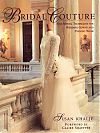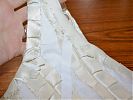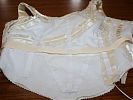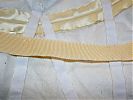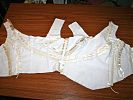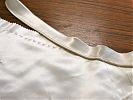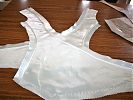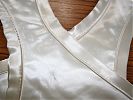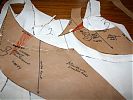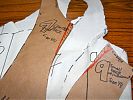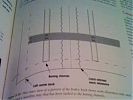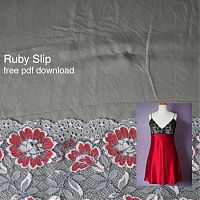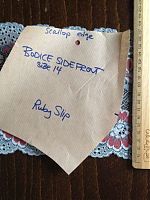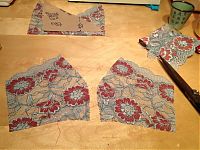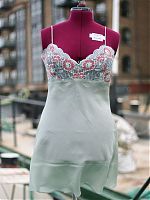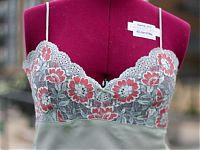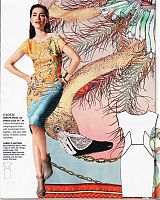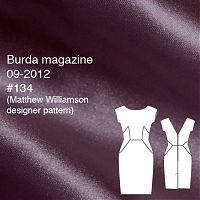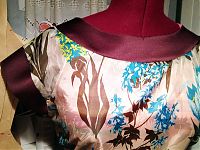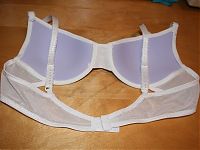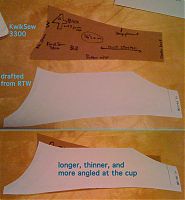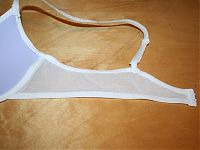Bridal Couture
I’m in downtown Muslin City at the moment, between the bridesmaids dresses and the very belated birthday dress for my (future) sister in law. So far I’ve made the FSIL’s muslin, had her try it on, and altered the pattern pieces according to the two changes we’re making (which was a pleasant surprise – it fit really well!). And on the bridesmaid front, I’ve completed both bodices and attached one to the skirt in preparation for Pip to try it on this weekend. Since the skirt is so enormously long, I actually didn’t have enough muslin fabric to make a skirt for each muslin. So I’m just going to swap the skirt out and attach it to the other bodice after fitting the first one (it’s a very loose design so the fact that it’s 2 sizes off doesn’t matter much!).
Can you believe I’ve gone through 8m of white viscose knit muslin fabric, between a top, my birthday dress, the FSIL’s dress, and the two bridesmaids dresses?? Wowza.
Anyway, while I’m sewing up muslins, there isn’t much to show off (I don’t mind putting photos of myself up in little more than a bedsheet, but it’d something else to subject your friends to that!) but I’ve got a ton of good sewing books to report on, so you’ll be enjoying a few good books with me over the next week or so…
So to start things off, we’re going to stay on the wedding theme with Susan Khalje’s Bridal Couture, a book so amazing that it fetches RIDICULOUS prices online. It’s been out of print for years (also contributing to the resale value), but the copyright has just reverted back to Susan Khalje, and she is is self-publishing this on CD – you can preorder it here for delivery next month.

